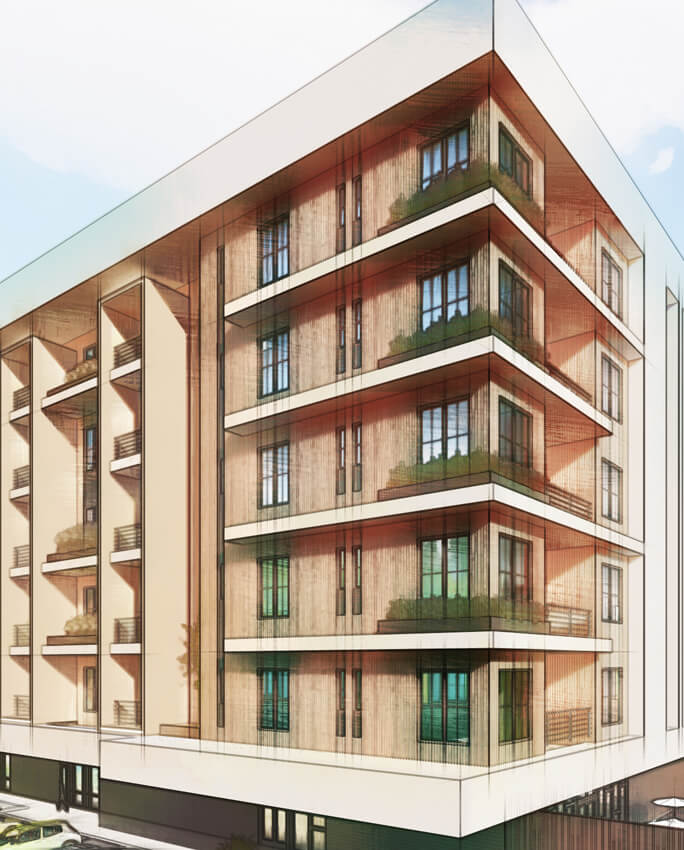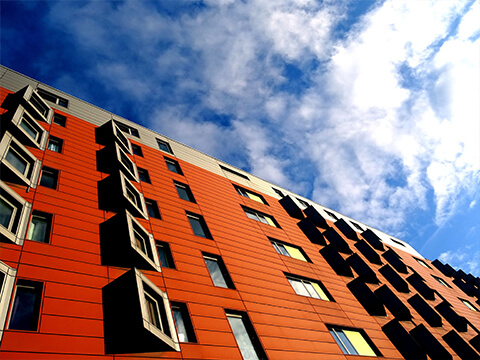 Multifamily housing trends in Texas were driven by housing sales that went down 4.1% in August from an all-time high. Sales increased 3.1% YTD as compared to the first eight months of 2020 and there was strong demand for housing supported permit issuance. Inventory was at the low end of the spectrum and contributed to the distribution of sales to higher priced homes. The median home price increased by 8.4% annually. However, moderately priced homes appreciated, while single-family housing sales recover. Texas housing starts fell 24.5% in August as lumber prices accelerated for four months.
Multifamily housing trends in Texas were driven by housing sales that went down 4.1% in August from an all-time high. Sales increased 3.1% YTD as compared to the first eight months of 2020 and there was strong demand for housing supported permit issuance. Inventory was at the low end of the spectrum and contributed to the distribution of sales to higher priced homes. The median home price increased by 8.4% annually. However, moderately priced homes appreciated, while single-family housing sales recover. Texas housing starts fell 24.5% in August as lumber prices accelerated for four months.
In Texas, the number of new listings to the market has not kept pace in sales. The inventory for houses priced less than $300,000 is massively constrained. Inventory for luxury homes decreased for the third straight month. Lastly, according to CBRE, construction of multifamily properties will increase in suburban rather than urban markets. This may interest commercial real estate or multifamily investors. Furthermore, CBRE recommends that multifamily investors will benefit from increasing rent rates in high growth metropolitan areas.
Texas Multifamily Recap
In major areas like Austin, months of inventory fell to 1.2 months. San Antonio’s fell to 2.3 months and Houston’s fell to 2.7 months. Pent-up demand from the economic slowdown fell by 4.1% in August, while 4,000 luxury homes were sold. Sales also declined in Houston by a 7.9 monthly drop. Texas average days on market dropped to 57 days and shows the increase in demand. The average home sold faster than during August 2019. Interest rates are at historically low levels. The Texas median home price stood at $320,000 but climbed 8.4%. The Texas Repeat Sales Home Price Index provides a good measure of changes in home values and will include compositional effects. The index suggest more moderate home-price appreciation than the change in median price. This index increased 5.4% per annum in August as compared to 4.2% in July.
There are many renters and drivers for demand. The Federal Reserve has a fiscal policy that is very accommodating. There is also job portability and capital for real estate. From 2016, nearly 1.1 million multifamily units have become available. Multifamily is usually an investment asset with lower volatility and safety during market conditions that are unpredictable. Additionally, Freddie Mac expects loan origination to reach $390 billion with an increase of 5.7%. Additionally, low interest rates are increasing the supply side for capital. Many millennials have purchased these homes.
Upcoming Opportunities in Multifamily
Multifamily sector equity will increase this year with tightening yields and reduced cap rates. Institutional investors are also moving more money here. Additionally, lenders are competing for business and some private lenders are entering the market. For the past five years, multifamily housing trends in Texas present declining cap rates from 6%. to 0.5% Some smaller markets fewer than 2,000,000 residents had rent increase by 4%. The top four multifamily markets are Austin, Atlanta, Phoenix and Boston. Tenant demand to rent their properties rather than own will likely grow. A third of renting households that rent do not include homeownership in the American Dream. One fifth of renting households will never buy a house in their life. There are rising rents, property is in short supply, and there are increases in demand from investors, coupled with high occupancy rates.
A final point worth mentioning is that millennials choose to rent because of lifestyle preferences, the cost of home ownership and student debt. Many developers have tried to build in suburban and urban areas with walkable neighborhoods where property prices will be high. Cap rate compressions in the future may also increase asset values. Investors who are looking for multifamily asset class options may want to consider an REIT, Mogul REIT II that invests in multifamily assets. This REIT generates quarterly distributions of 4.5%. Before, this was only available to accredited investors who have a minimum of $35,000 or more but now, it is open to individuals who have a minimum of $5,000.






